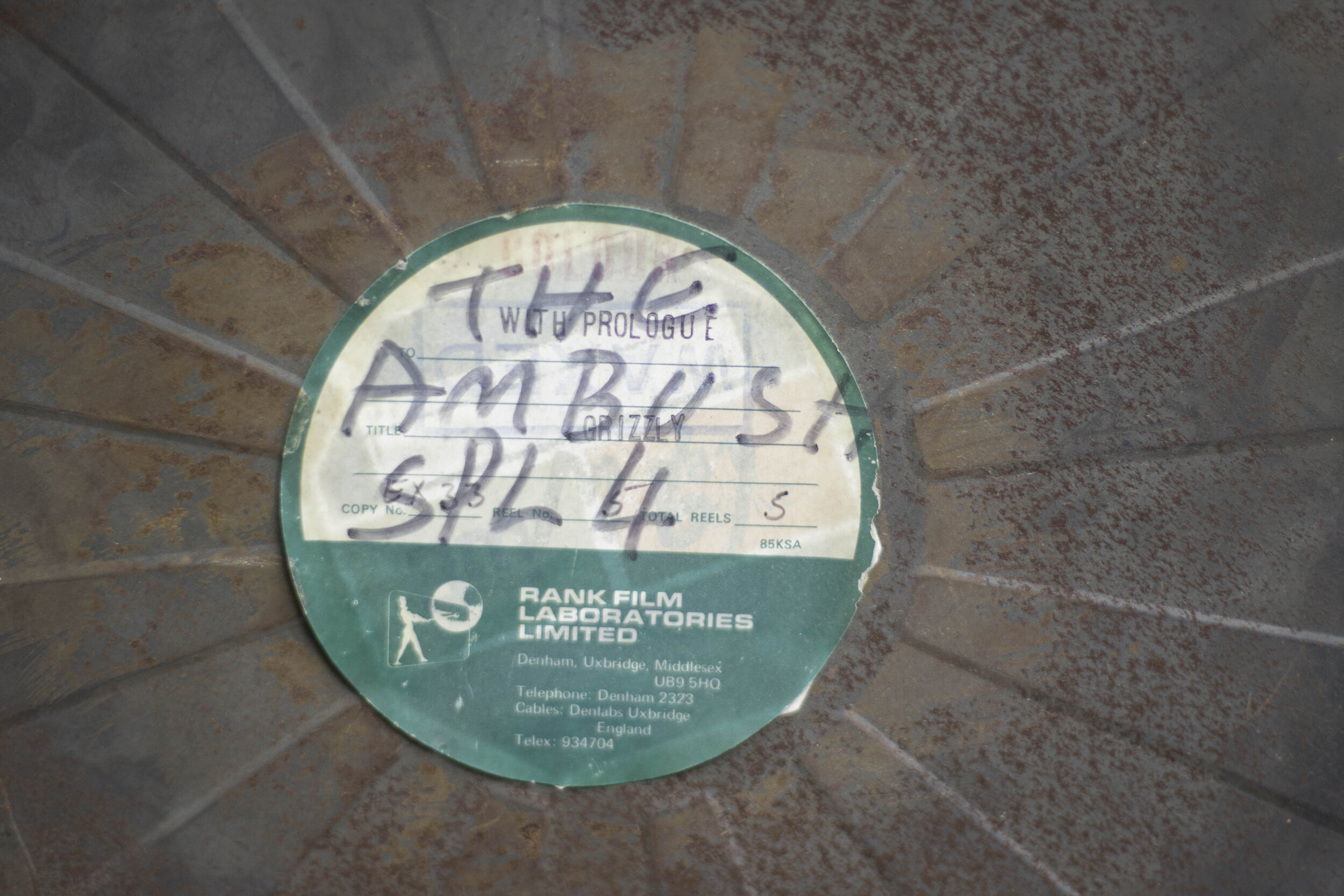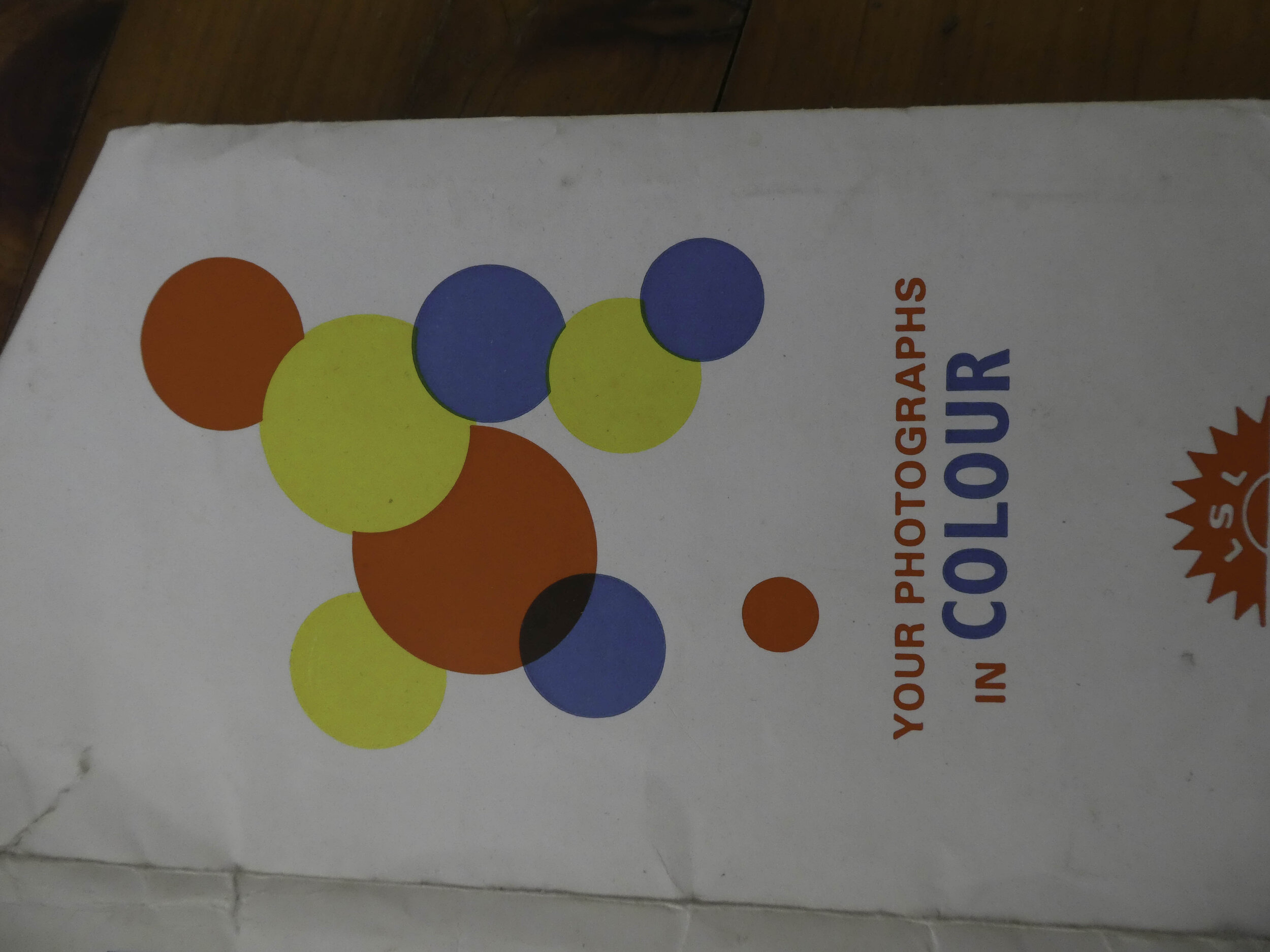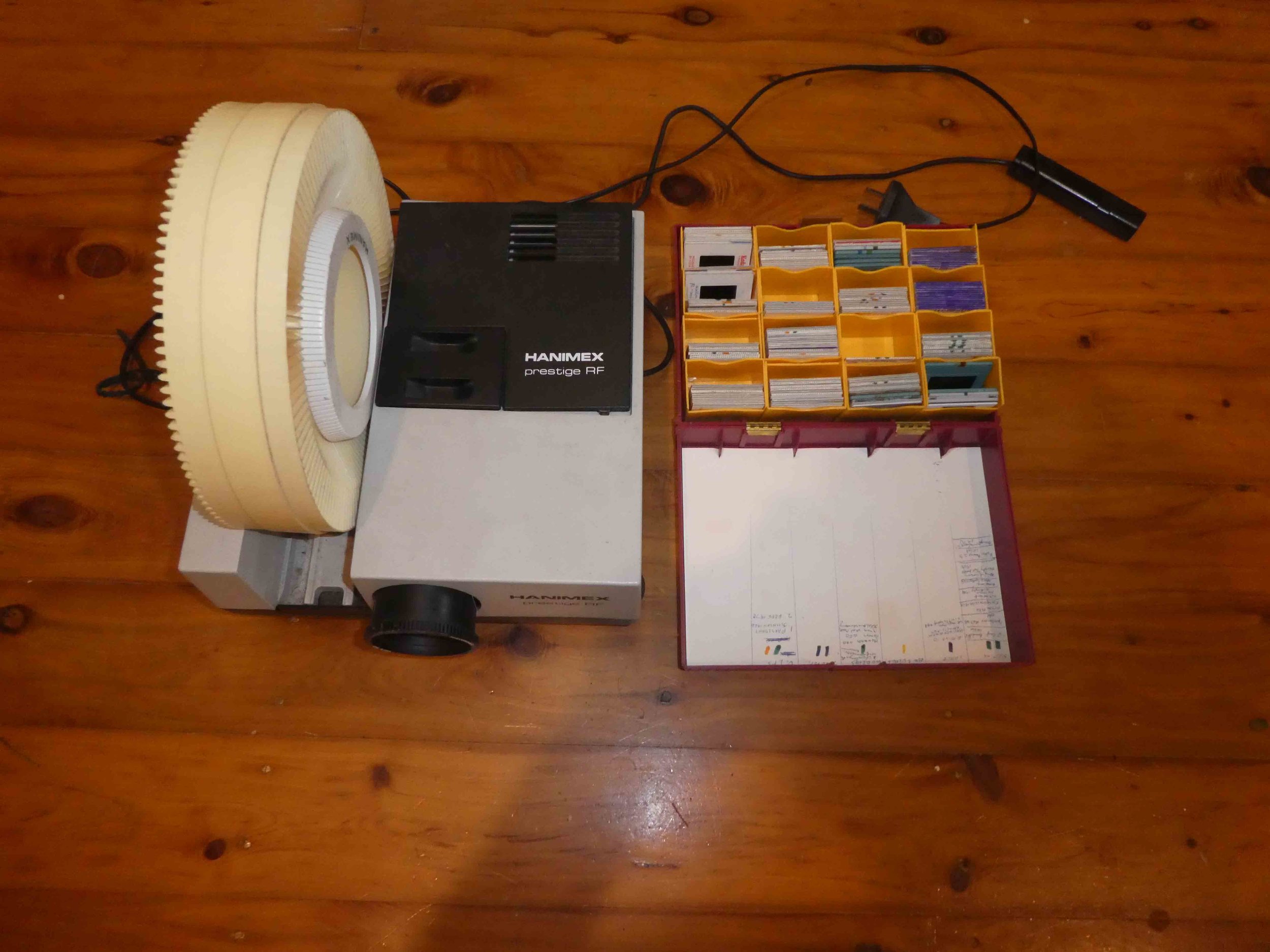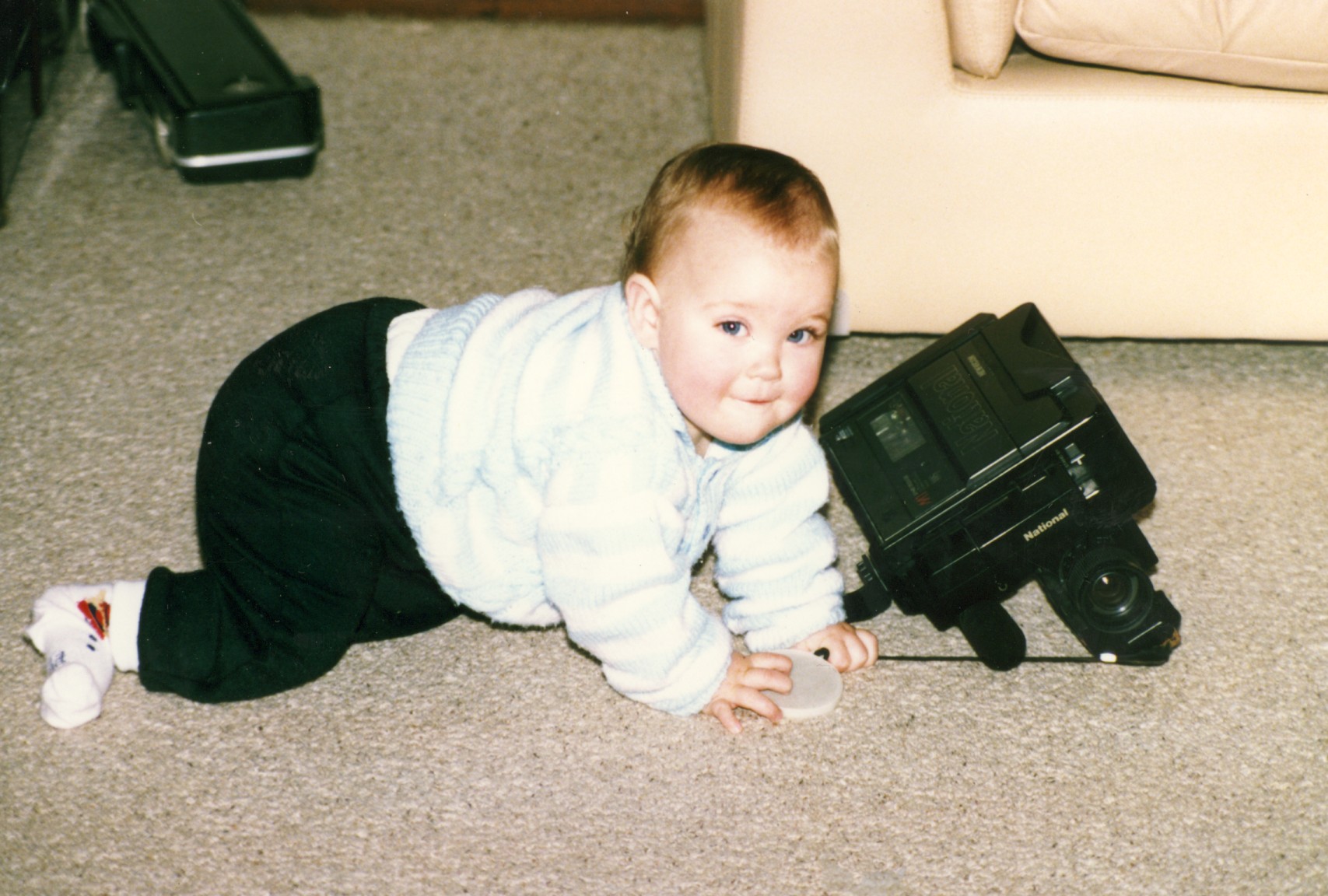Until the early 21st Century feature films were still presented by way of multiple reels of 35mm film which were distributed world wide by the studios and which dated in various forms from the earliest days of film making. In those days the projection assistants (or projectionists) in cinemas were kept busy loading and playing these reels making sure they transitioned from one reel to the next (note the multiple projection windows still to be seen in cinemas). Occasionally they had to attend to the odd mishap sometimes evidenced by the film coming to a shuddering halt with an ominous hole burnt into the current frame.. This has been replaced by digital systems of course. A history of film can be found at thee wiki link below.
Until the advent of Black and white TV in 1956 (just in time for the 1956 Melbourne Olympics) and for some time afterwards) cinemas were the most popular form of entertainment. Every suburb of any note had its own cinema and sometimes more than one. Evening and even matinee (afternoon) performances were an occasion to dress up. There was usually a cartoon of short feature in advance of the main feature and an intermission usually in the middle of the main feature at which one could buy drinks and the popular Choc Top ice cream which one only found at cinemas. The importance of the occasion was emphasised by the playing of the National Anthem (then being “God Save the Queen” of course) accompanied by film of the Queen riding a horse for the trooping of the colour. This tradition was carried over to the early days of TV at the close (sometimes substituting Advance Australia Fair )even before it became our official National Anthem).
Pictured is a feature film reel (labelled Reel no 4). SPL i believes refers to the sound rating.
https://en.wikipedia.org/wiki/Film_stock#1900%E2%80%931919:_Toward_the_standard_picture_film












